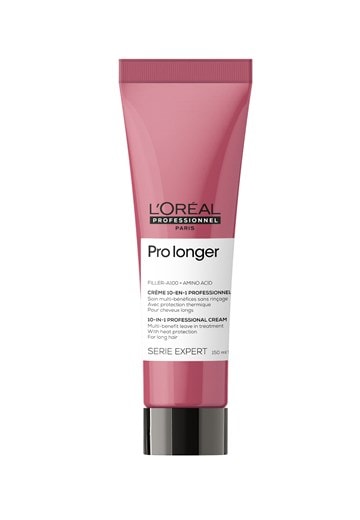
[Pro Longer] Lengths renewing cream.
The perfect treatment for hair suffering from thinned ends.

The perfect treatment for hair suffering from thinned ends.
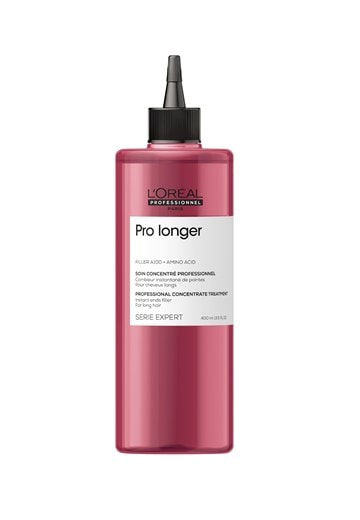
The perfect treatment for hair suffering from thinned ends.
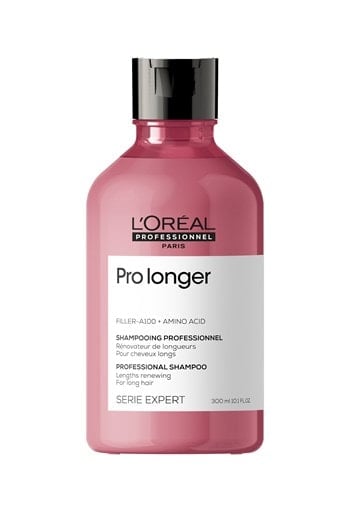
The perfect treatment for hair suffering from thinned ends.
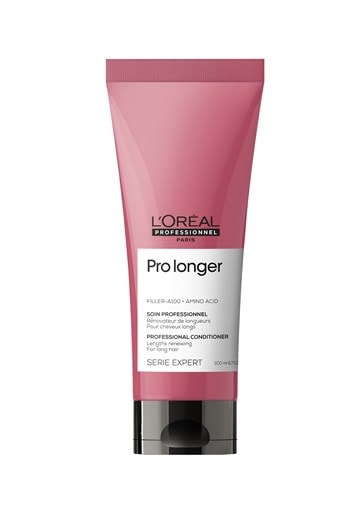
The perfect treatment for hair suffering from thinned ends.
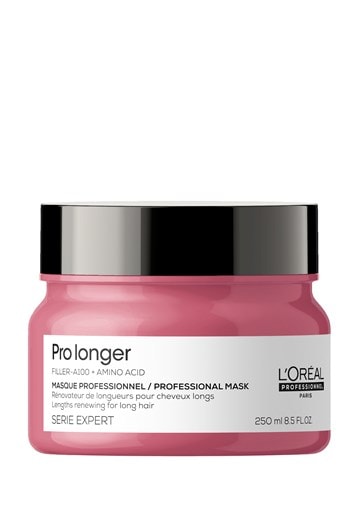
The perfect treatment for hair suffering from thinned ends.
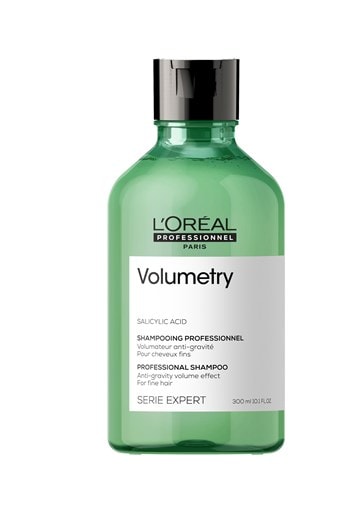
Anti-Gravity effect and bodyfies the roots for a new and lasting volume.
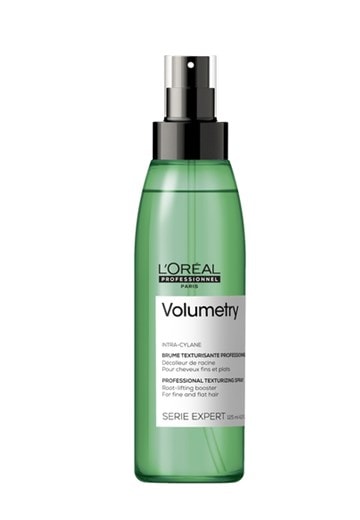
Anti-Gravity effect and bodyfies the roots for a new and lasting volume.